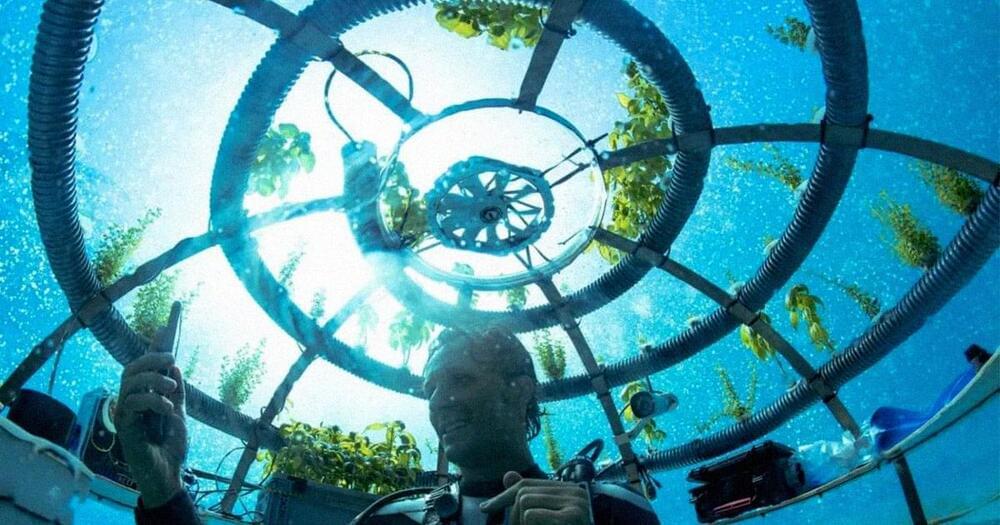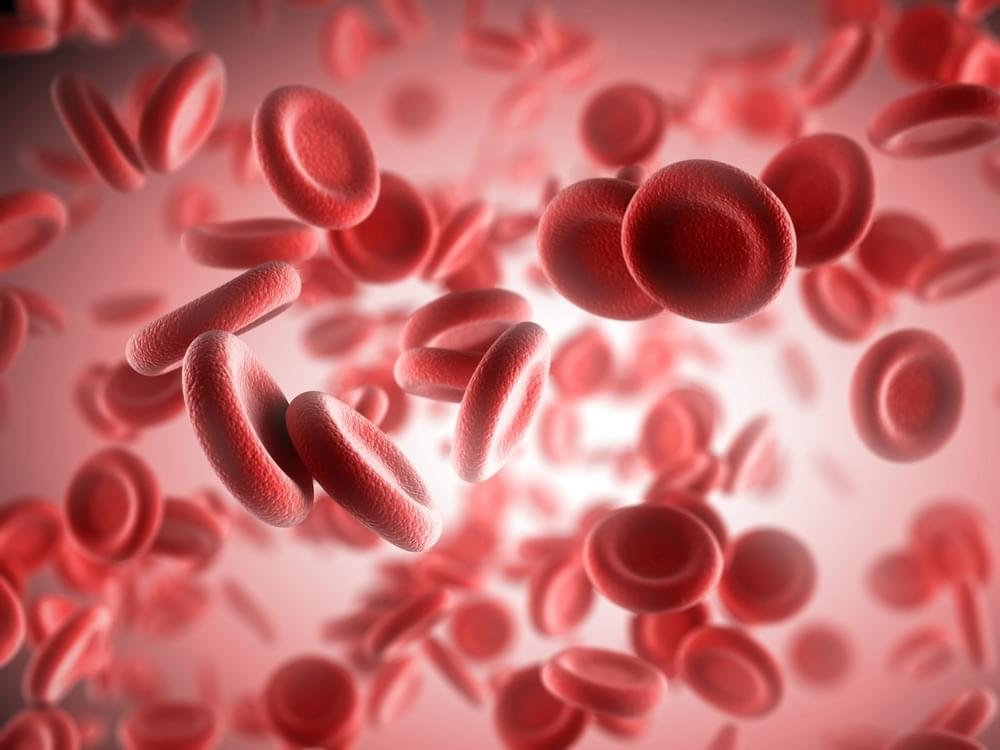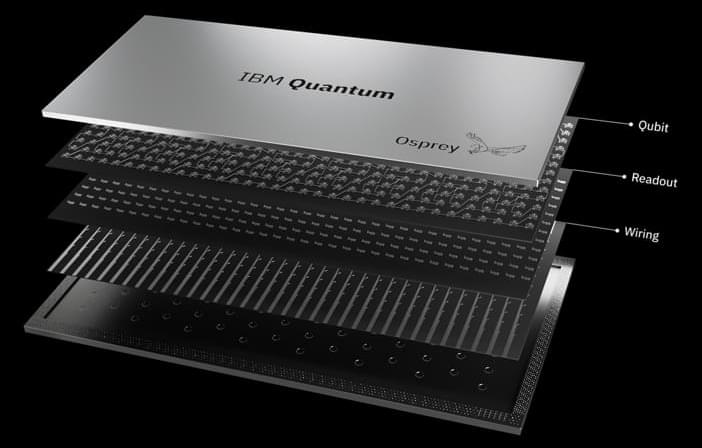Go to https://buyraycon.com/isaacarthur and use code EARLYBF for 20% off sitewide! Brought to you by Raycon.
Many fear that future automation may turn out to be the bane of civilization rather than its liberator. How do we ensure we take the path to a prosperous world and not one of ruin?
Visit our Website: http://www.isaacarthur.net.
Support us on Patreon: https://www.patreon.com/IsaacArthur.
Support us on Subscribestar: https://www.subscribestar.com/isaac-arthur.
Facebook Group: https://www.facebook.com/groups/1583992725237264/
Reddit: https://www.reddit.com/r/IsaacArthur/
Twitter: https://twitter.com/Isaac_A_Arthur on Twitter and RT our future content.
SFIA Discord Server: https://discord.gg/53GAShE
Listen or Download the audio of this episode from Soundcloud: Episode’s Audio-only version: https://soundcloud.com/isaac-arthur-148927746/automated-economies-unemployment.
Episode’s Narration-only version: https://soundcloud.com/isaac-arthur-148927746/automated-econ…ation-only.
Credits:
What Happens If We Can’t Leave Earth?
Science & Futurism with Isaac Arthur.
Episode 368, November 10, 2022
Produced & Narrated by Isaac Arthur.
Written By:
Isaac Arthur.
Editors:







